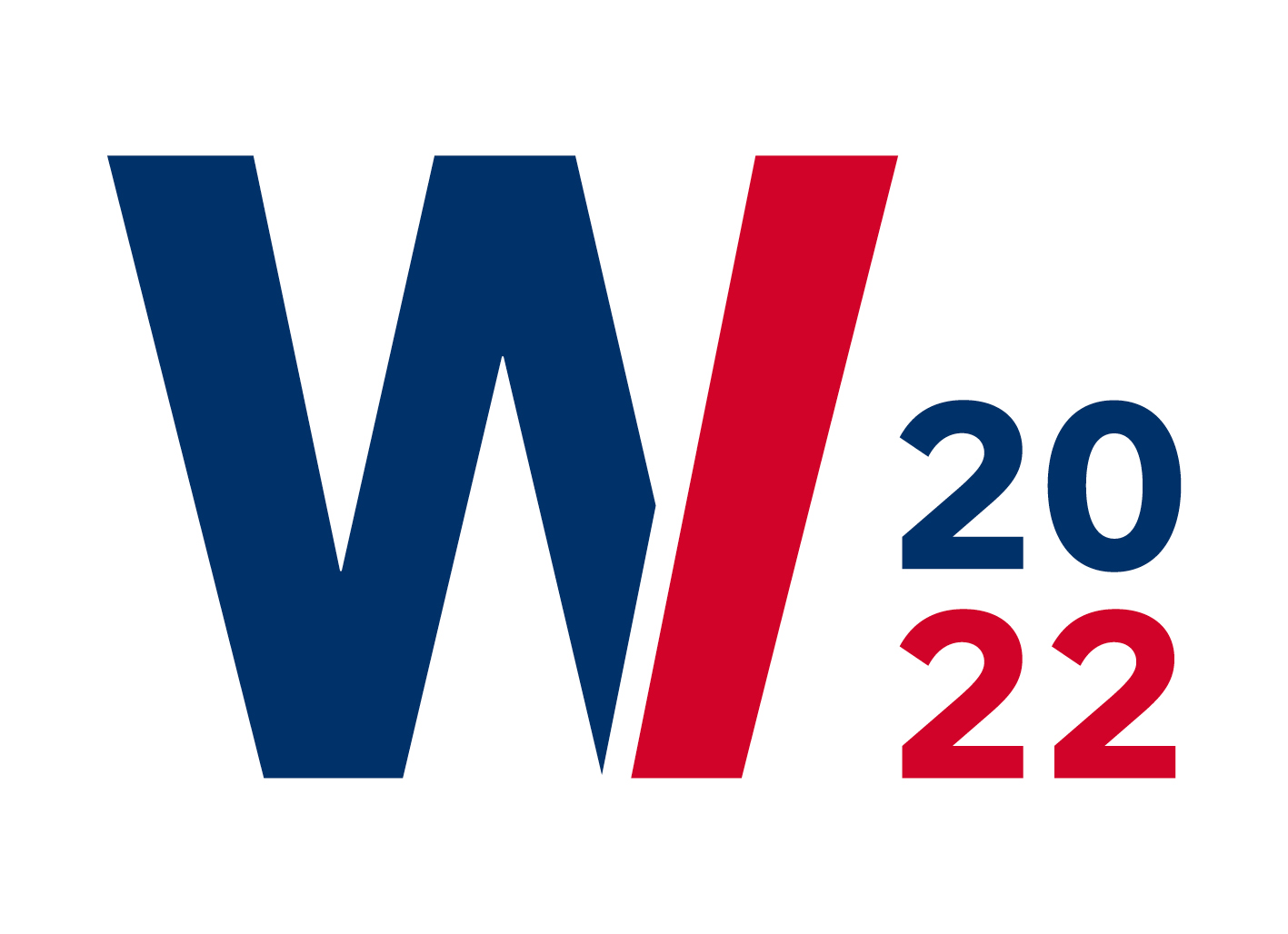Loading...
Description
For organizations data quality is a prerequisite for automated decision making and agility. To provide high quality data, numerous tools have emerged that support the different steps of data quality management. Yet, these tools vary in their functional composition and support for current trends, such as AI. There is no common and up-to-date perception of the capabilities a data quality tool should fulfill. In this paper, we develop a functional taxonomy of data quality tools to address this shortcoming and provide a holistic overview of data quality functionalities. We derived the taxonomy through an iterative approach of deductive reasoning by conducting a systematic literature review and inductive reasoning by reviewing existing data quality tools and gaining insights from experts. By applying our taxonomy to 18 commercial data quality tools we aim to provide the reader with a review of data quality tools and reach a functional consensus in the field.
Recommended Citation
Altendeitering, Marcel and Tomczyk, Martin, "A Functional Taxonomy of Data Quality Tools: Insights from Science and Practice" (2022). Wirtschaftsinformatik 2022 Proceedings. 4.
https://aisel.aisnet.org/wi2022/business_analytics/business_analytics/4
A Functional Taxonomy of Data Quality Tools: Insights from Science and Practice
For organizations data quality is a prerequisite for automated decision making and agility. To provide high quality data, numerous tools have emerged that support the different steps of data quality management. Yet, these tools vary in their functional composition and support for current trends, such as AI. There is no common and up-to-date perception of the capabilities a data quality tool should fulfill. In this paper, we develop a functional taxonomy of data quality tools to address this shortcoming and provide a holistic overview of data quality functionalities. We derived the taxonomy through an iterative approach of deductive reasoning by conducting a systematic literature review and inductive reasoning by reviewing existing data quality tools and gaining insights from experts. By applying our taxonomy to 18 commercial data quality tools we aim to provide the reader with a review of data quality tools and reach a functional consensus in the field.


